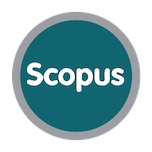Gastronomic Republic and Country of Cooks: Food, Politics, Mass Media, and a New Idea of Nation for Peru
Keywords:
culinary nationalism, Peruvian cuisine, gastro-politics, entrepreneurshipAbstract
Peruvian cuisine is currently arousing much enthusiasm among Peruvians, who see in it possibilities of economic and social development as well as a sentiment of national pride. Expectations of the culinary potential have reached the current political agenda. Merging public and private interests, the media play an active role in building a sense of community and in the formulation of a new idea of nation with food as its spearhead. Drawing on three recent films, this article analyzes culinary nationalism in Peru as a political discourse and a performative agent. It then highlights its links with neoliberal values embedded in contemporary societies.
https://doi.org/10.22380/2539472X45Downloads
References
revolución gastronómica peruana, Mirko Lauer y Vera Lauer, 245-253. Lima: Universidad de San Martín de Porres.
—. 2013. “De cocineros a narradores de historias”. Revista Diners, 25 de septiembre. Consultado el 26 de febrero del 2014. http://revistadiners.com.co/
articulo_especial/38_430_gastronomiade-cocineros-a-narradores-de-historiasgastronomicas.
Apega. 2013. El boom gastronómico peruano al 2013. Lima: Apega. Consultado el 25 de agosto del 2014. http://apega.pe/descargas/contenido/boom_gastro
nomico_peruano_al_2013_web.pdf.
Appadurai, Arjun. 1981. “Gastro-politics in South India”. American Ethnologist 8 (3): 494-511.
—. 1988. “How to Make a National Cuisine: Cookbooks in Contemporary India”. Comparative Studies in Society and History 30 (1): 3-24.
Ayora-Díaz, Steffan. 2012. Foodscapes, Foodfields and Identities in Yucatán. Nueva York; Oxford: Berghahn Books.
Bak-Geller, Sarah. 2008. “Les livres de recettes ‘francisés’ au Mexique au XIXe siècle”. Anthropology of Food S4 (número especial). Consultado el 26 de
febrero de 2014. http://aof.revues.org/document2992.html.
Bourdieu, Pierre. 1979. La distinction. París: Minuit.
Brown, Wendy. 2003. “Neo-liberalism and the End of Liberal Democracy”. Theory and Event 7 (1). Consultado el 11 de julio del 2014. http://brisbin.polisci.wvu.
edu/r/download/114178.
Brubaker, Rogers. 1996. Nationalism Reframed: Nationhood and the National Question in the New Europe. Cambridge: Cambridge University Press.
“Cada día se entregan 28 licencias para abrir restaurantes en el Perú”. 2011. El Comercio, 28 de febrero. Consultado el 28 de agosto del 2014. http://
elcomercio.pe/gastronomia/peruana/cada-dia-se-entregan-28-licencias-abrirrestaurantes-peru-noticia-720390.
Cadena, Marisol de la. 2007. “¿Son los mestizos híbridos? Las políticas conceptuales de las identidades andinas”. En Formaciones de indianidad, editado por Marisol de la Cadena, 83-116, Popayán: Envión.
Caldwell, Melissa. 2002. “The Taste of Nationalism: Food Politics in Post-Socialist Moscow”. Ethnos 67 (3): 295-319.
Cánepa, Gisela. 2013. “Nation Branding: The Re-foundation of Community, Citizenship and the State in the context of Neoliberalism in Peru”. Medien Journal 3: 7-18.
Comaroff, John y Jean Comaroff. 2009. Ethnicity Inc. Chicago: Chicago University Press.
Crenn, Chantal. 2011. “La fabrique de l’identité culinaire nationale dans les écrits sur l’alimentation et la cuisine sénégalaises: du regard colonial à celui de Youssou N’Dour”. Food & History 9 (2): 261-306.
Davidson, Neil. 2008. “Nationalism and Neoliberalism”. Variant 32: 36-38.
DeSoucey, Michaela. 2010. “Gastronationalism: Food Traditions and Authenticity Politics in the European Union”. American Journal of Sociology 75 (3): 432-455.
Douglas, Mary. 1984. Food in the Social Order. Londres: Routledge.
Fan, Judith. 2013. “Can Ideas about Food Inspire Real Social Change? The Case of Peruvian Gastronomy”. Gastronomica 13 (2): 29-40.
Ferguson, Priscilla. 1998. “A Cultural Field in the Making: Gastronomy in 19th-Century France”. American Journal of Sociology 104 (3): 597-641.
—. 2010. “Culinary Nationalism”. Gastronomica 10 (1): 102-109.
First, Anat y Tamar Hermann. 2009. “Sweet Nationalism in Bitter Days: A Commercial Representation of Zionism”. Nations and Nationalism 15 (3): 506-523.
Flores, Óscar y Óscar Chumpitaz. 2012. “Su sueño era unir al cocinero y al campesino para llevar comida peruana al mundo”. La República, 2 de diciembre. Consultado el 29 de agosto del 2014. http://www.larepublica.pe/02-12-2012/su-sueno-eraunir-al-cocinero-y-al-campesino-parallevar-comida-peruana-al-mundo.
Foucault, Michel. 2004. Sécurité, territoire, population. París: Gallimard; Seuil.
García, Gustavo. 2010a. “Sabor a tierra: alimentación e identidad indígena en El mundo es ancho y ajeno”. Anales de Literatura Hispanoamericana 39: 317-330.
García, María Elena. 2010b. “Super Guinea Pigs?”. Anthropology Now 2 (2): 22-32.
—. 2013. “The Taste of Conquest: Colonialism, Cosmopolitics, and the Dark Side of Peru’s Gastronomic Boom”. The Journal of Latin American and Caribbean
Anthropology 18 (3): 505-524.
Goody, Jack. 1984. Cuisines, cuisine et classe. París: Editions du Centre Pompidou.
Hiroko, Takeda. 2008. “Delicious Food in a Beautiful Country: Nationhood and Nationalism in Discourses on Food in Contemporary Japan”. Studies in Ethnicity and Nationalism 8 (1): 5-30.
Instituto Nacional de Estadística e Informática (INEI). 2008. “Comportamiento de la economía peruana al tercer trimestre de 2008”. Informe Técnico Trimestral PIB 4. Consultado el 25 de agosto del 2014. http://www.inei.gob.pe/media/MenuRecursivo/boletines/7678.pdf.
Ipsos. 2014. “La Haya y las tareas pendientes”. Opinión Data 14 (176). Consultado el 25 de agosto del 2014. http://www.ipsos-apoyo.com.pe/sites/default/files/opinion_data/La_Haya_y_las_tareas_pendientes_0.pdf.
Kaneva, Nadia. 2011. “Nation Branding: Toward an Agenda for Critical Research”. International Journal of Communication 5: 117-141.
Karaosmanoğlu, Defne. 2007. “Surviving the Global Market: Turkish Cuisine ‘Under Construction’”. Food, Culture and Society 10 (3): 425-448.
Larner, Wendy. 2000. “Theorizing Neoliberalism: Policy, Ideology, Governmentality”. Studies in Political Economy 63: 5-26.
Lauer, Mirko y Vera Lauer. 2006. La revolución gastronómica peruana. Lima: Universidad de San Martín de Porres.
Lemke, Thomas. 2002. “Foucault, Governmentality, and Critique”. Rethinking Marxism: A Journal of Economics Culture & Society 14 (3): 49-64.
Lévi-Strauss, Claude. 1965. “Le triangle culinaire”. L’Arc 26: 19-29.
Long, Janet, ed. 1996. Conquista y comida: consecuencias del encuentro de dos mundos. México: Universidad Nacional Autónoma de México.
Lyotard, Jean-François. 1979. La condition postmoderne. Rapport sur le savoir. París: Minuit.
Matta, Raúl. 2011. “Posibilidades y límites del desarrollo en el patrimonio inmaterial. El caso de la cocina peruana”. Apuntes. Revista de Estudios sobre Patrimonio Cultural 24 (2): 196-207.
—. 2012. “Cocinando una nación de consumidores: el Perú como marca global”. Consensus 17 (1): 49-60.
—. 2013. “Valuing Native Eating. The Modern Roots of Peruvian Food Heritage”. Anthropology of Food S8 (número especial). Consultado el 26 de febrero del 2014. http://aof.revues.org/7361.
—. En prensa. “Dismantling the Boom of Peruvian Cuisine. From Plate to Gastropolitics”. ReVista: Harvard Review of Latin America, otoño: 64-66.
McKenzie, John. 2001. Perform or Else: From Discipline to Performance. Londres: Routledge.
Okely, Judith. 1983. Changing Cultures. The Traveller-Gypsies. Nueva York: Cambridge University Press.
Palmer, Catherine. 1998. “From Theory to Practice: Experiencing the Nation in Everyday Life”. Journal of Material Culture 3 (2): 175-199.
Palomino, Luis, Martín Vargas y Mariano Valderrama. 2010. Carreras de cocina. Informe de la oferta académica en Lima y regiones. Lima: Apega.
Pilcher, Jeffrey. 1996. “Tamales or Timbales: Cuisine and the Formation of Mexican National Identity, 1821-1911”. The Americas 53 (2): 193-216.
“El poder del cucharón: ‘Superchef’, el héroe de la gastronomía peruana”. 2012. Perú.com, 22 de junio. Consultado el 29 de agosto del 2014. http://peru.
com/2012/06/22/actualidad/cronicasy-entrevistas/poder-cucharonsuperchef-heroe-gastronomia-peruananoticia-71248.
Promperú. 2011. Campaña lanzamiento nacional marca país Perú. Lima: Promperú. Consultado el 17 de abril del 2014. http://nacional.peru.info/
Download/bd1f67ea-d4cd-4c4c-90e1-f58010097191.PDF.
Rockower, Paul. 2012. “Recipes for Gastrodiplomacy”. Place Branding and Public Diplomacy 8 (3): 235-246.
Salinas, Eduardo. 2012. “El 90 % de los peruanos siente orgullo por su comida, y el cebiche es el plato bandera”. La República, 25 de septiembre. Consultado
el 25 de agosto del 2014. http://www.larepublica.pe/25-09-2012/el-90-deperuanos-siente-orgullo-por-su-comiday-el-cebiche-es-el-plato-bandera.
“Sector gastronómico venderá alrededor de S/.50.000 millones”. 2012. Perú 21, 1.º de septiembre. Consultado el 29 de agosto del 2014. http://peru21.pe/
economia/sector-gastronomico-venderaalrededor-s50-mil-millones-2040196.
Stutzman, Ronald. 1981. “El mestizaje: An All-Inclusive Ideology of Exclusion”. En Cultural Transformations and Ethnicity in Modern Ecuador, editado por Norman E. Whitten, 45-94. Urbana: University of Illinois Press.
Thays, Iván. 2012a. “Con la tinta aún húmeda”. Vano Oficio (blog). El País, 1.º de febrero. Consultado el 24 de septiembre del 2014. http://blogs.elpais.
com/vano-oficio/2012/02/la-tintahumeda.html.
—. 2012b. “¿Por qué hacen tanta bulla”. Vano Oficio (blog). El País, 3 de febrero. Consultado el 24 de septiembre del 2014. http://blogs.elpais.com/vanooficio/
2012/02/apostillas-a-un-post-.html.
Valderrama, Mariano. 2009. “El boom de la cocina peruana”. Perú Hoy 15: 163-182.
Villarán, Fernando. 2006. “Visión estratégica de la culinaria peruana”. El Comercio, 23 de abril.
Wade, Peter. 2003. “Repensando el mestizaje”. Revista Colombiana de Antropología 39: 273-296.
Wilk, Richard. 1999. “Real Belizean Food: Building Local Identity in the Transnational Caribbean”. American Anthropologist 101 (2): 244-255.
Wilson, Rachel. 2011. “Cocina Peruana para el Mundo: Gastrodiplomacy, the Culinary Nation Brand, and the Context of National Cuisine in Peru”. Exchange:
The Journal of Public Diplomacy 2: 13-20.
Filmografía
Cabellos, Ernesto, dir. 2009. De ollas y sueños: Cooking Up Dreams. Lima: Guarango Cine y Video. Una versión de 53 minutos de la película está disponible
en: http://www.youtube.com/watch?v=CoO0m6ceMjY&list=PL3DF664444C0358D6&index=26 (consultado el 12 de julio del 2014).
Promperú. 2011. Documental Marca Perú. Campaña Nacional Marca Perú 2011. Lima: Young & Rubicam Perú. Consultado el 26 de febrero
del 2014. http://www.youtube.com/watch?v=8joXlwKMkrk.
Santos, Jesús. 2012. Perú sabe: la cocina, arma social. Lima: Media Networks y Tensacalma.




















